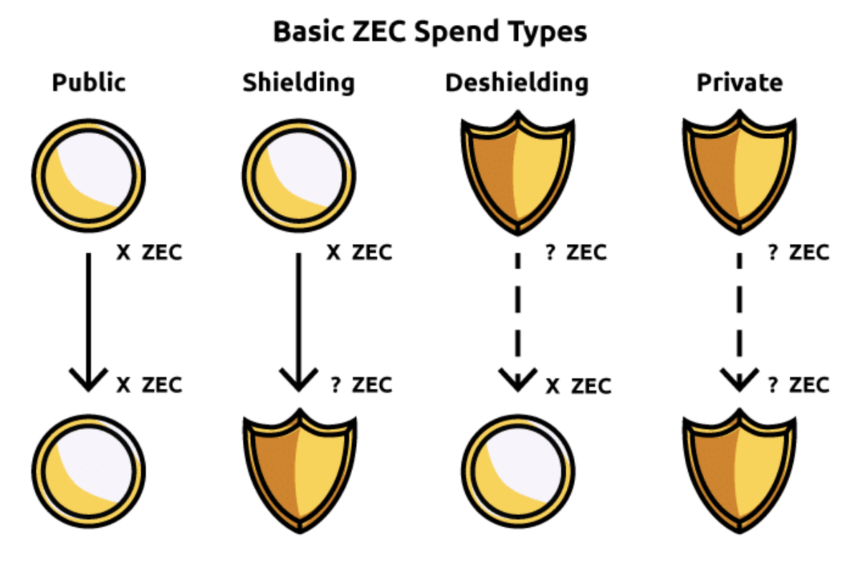Beam, a privacy-focused blockchain, will undergo its second halving in January. The halving will cut the number of Beam coins awarded to miners from 40 to 20.
Next month’s halving will end contributions to the Beam Treasury from Beam mining. Like Bitcoin, Beam is a proof-of-work network that rewards miners for securing the network.
Beam Halving Ends Treasury Contributions
The upcoming halving will coincide with the supply of circulating Beam coins reaching 60%. All mining proceeds from that point will go solely to miners. Previously, the block rewards were split between miners and the Treasury.
The Beam coin is a deflationary asset whose software cuts the amount of token miners earn in half every four years. The proof-of-work algorithm verifies transactions using Graphical Processing Units rather than Application-Specific Integrated Circuits. The total supply of Beam that will ever be issued is 262,800,000.
Read more: What is Cryptocurrency Mining?
Developers launched the Beam blockchain in 2019 to maximize privacy and usability. No one can see the sender and receiver of a transaction. Addresses and other personally identifiable information are not kept on-chain.
Read more: On-Chain and Off-Chain Privacy in Web3: Differences Explained
Privacy Coins Remain Controversial
Privacy has always been a controversial issue in the world of blockchains. Bitcoin proponents argue, and rightly so, that the network is open and fully traceable, making it a bad choice for those seeking true anonymity.
As a result, several privacy coins entered the fray. By using novel encryption methods or random signatures, these coins obscure the flows of funds, even if blockchain data is public.
Monero (XMR), for example, uses random signatures to authorize spending, making a sender’s identity difficult to determine. Zcash, another privacy coin, uses zero-knowledge methods to prove a user’s identity without revealing it. Dash, on the other hand, uses an optional feature called PrivateSend to hide transaction information.
The criminal potential of privacy coins has seen the government of Dubai ban them. Japan has banned them since 2018, while South Korea blocked their use in 2021. Europe’s Markets-in-Crypto assets bill bans the use of privacy coins in all 27 states in the European Union bloc.

The controversy around privacy coins has seen many crypto exchanges delist them. But thoughtful regulation could, instead of banning them, allow these coins to have optional privacy options. But the global push towards a government-controlled tokenized currency in China and elsewhere means that fighting for such rights could come up against powerful opposition.
Do you have something to say about the Beam halving, privacy coins, or anything else? Please write to us or join the discussion on our Telegram channel. You can also catch us on TikTok, Facebook, or X (Twitter).
Disclaimer
In adherence to the Trust Project guidelines, BeInCrypto is committed to unbiased, transparent reporting. This news article aims to provide accurate, timely information. However, readers are advised to verify facts independently and consult with a professional before making any decisions based on this content. Please note that our Terms and Conditions, Privacy Policy, and Disclaimers have been updated.


